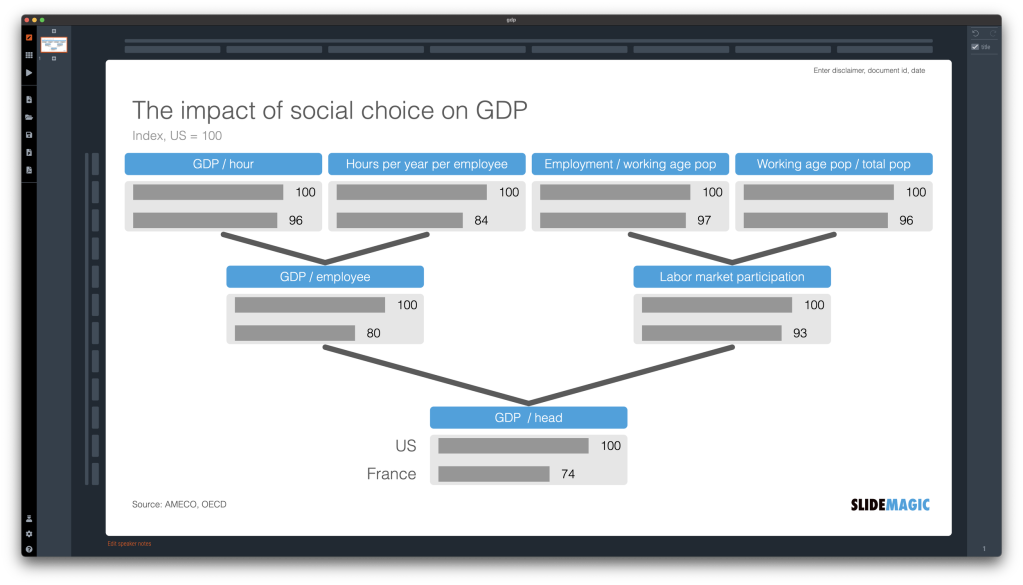I just got back from a lovely holiday in Goa. Oodles of good food, loads of fantastic beer, hours of staring out at the sea, and not a laptop in sight for miles and miles. Just wonderful.
But if you know me at all, you’ll know that the first of these was the most important bit. Duh.
I spend a large chunk of my day thinking about food – what to make next, what to eat next, where to eat next. And today’s blogpost is about the last of these – where to eat next. How should one go about choosing where to eat?
- The book to begin with if you want to use economist-y principles is Tyler Cowen’s excellent “An Economist Gets Lunch”. The book is full of delightfully Cowenian advice:
- Choose a restaurant where the patrons aren’t smiling (because that means the regulars are here to eat, not socialize)
- When it comes to cuisines not native to the town you are in, choose a restaurant located on the outskirts of town rather than in the centre, it is more likely to have genuinely good food (lower rents, closer to recent immigrants into said town, both of which are likely to be good indicators of genuinely good food.)
- The weirder a dish sounds relative to the rest of the menu, the more likely it is to be worth ordering (for why else would the restaurant choose to include it in the menu in the first place)
- Krish Ashok had a nice post on Instagram recently, where he pointed out that you should ignore negative reviews of restaurants, since the internet incentivizes one to be nasty and negative with one’s opinions.
- Here are my own tips, noting that your mileage may vary when it comes to adopting them:
- Triangulate – if a restaurant has good reviews on Zomato, and on Google Maps and on blogs, it is likely to be good. A high rating only on Zomato is, to me, a worrying sign.
- I tend to rate reviews on Google Maps higher because Google Maps seems to go out of its way to make putting up reviews more difficult (a somewhat unintuitive interface) and unrewarding (the gamification for reviewers simply isn’t good enough). So if somebody has taken the time and trouble to write a review, and that too a positive one, it is likely to be a very good restaurant.
- YouTube reviews merit their own separate bullet point. There’s tons of stuff out there, but rely on folks who have put out a lot of stuff regularly, and tend to have a balance of 60:30:10. That is, 60% positive reviews, 30% so-so reviews and 10% negative ones. Note that this is a thumb rule! Once you find a channel you like, optimize for the very top of the 60%.
- A limited menu and only one cuisine is a huge plus. This implies that the restaurant is focusing on what it knows best, and is not pandering to everybody. I’m even more reassured if the waiter informs me that certain items are not available, and my confidence in the quality goes up even more if they do so brusquely. I take it as a sign that they are focused on quality, and that they couldn’t care less if you leave. This must mean that there are enough “regulars”, and that can only be a good thing, right? I am from Pune, please note, so this may just be my genes having gotten used to rude service.
- Make friends with the chef, the senior most waitstaff member, or both. I am a hopeless introvert in most social settings, but people who talk about food with passion are my people, and I have no problem striking up a conversation. Ask them to teach you how to appreciate the food they’re serving – what should you be looking out for on your palate, what details should you not be missing, and what variants of this dish are possible. Folks love to teach self-declared amateurs, and this will go a very, very long way in a restaurant.
- I wish this weren’t true, but there is a very low bar for striking up a conversation in a restaurant in India. Politeness and a friendly demeanor are seriously underrated, use this fact to your advantage.
- A corollary to the last point: try and visit a restaurant as early as possible. Most folks in urban India prefer to have late dinners – if you sit for dinner at 7 pm, you are likely to have fresher food and a not quite so busy staff who will be that much more willing to chat with you.
- Avoid buffets like the plague. Unless you know the chef or the senior most staff member (or both). They will then not only recommend the best things to try, but will also give you freshly made dishes that they would like you to try. If you find such a restaurant, you’ve struck gold.
- Avoid glitzy restaurants that are prominently located. They are more likely about signaling then about eating.
- Well established and cheap watering holes are likely to have very good food. My favorite example in this regard is Pecos, in Bangalore, but there are lots of examples in all cities in India.



